Postmodernism meant the end of a uniting grand narrative and the beginning of an era of often melancholic irony. For decades now we have been wondering what follows this? For the very idea of a vision of the future appears outlawed by the postmodern predicament. Possibly metamodernism is the answer. An era which combines deep irony with earnest serenity, secularism with transcendence, and a utopian vision with the knowledge no vision will ever be the ‘right one’, writes Jules Evans.
The Listening Society is a new book by a writer called Hanzi Freinacht. He outlines a philosophy called metamodernism, which he says can be defined as an aesthetic movement, a developmental stage, and a political ideology. The political ideology - which has inspired alternative political parties in Sweden and Denmark - espouses a new politics focused on promoting not just happiness but the highest possible states of consciousness.
The book is refreshingly bold, and interesting in the way it brings together politics with transpersonal psychology and spirituality. Some of its ideas may seem outlandish, but they're already gaining traction in Nordic politics, so who knows?
Firstly, who is Hanzi Freinacht? This question - also the title of an early chapter - reminds me of Ayn Rand's constant query, who is John Galt? Like John Galt, Freinacht is a fearless outsider in a society yet to recognize his genius. He sits in a jacuzzi overlooking the Alps (in a chalet lent to him, we're told, by a millionaire friend) and foresees the future of the world. The photos of him on the internet suggest a Nordic hipster, Friedrich Nietzsche meets Tyler Brulé.
In fact, Hanzi Freinacht is a made-up character invented by two people - Emil Ejner Friis, a Danish philosopher and activist in the Danish Alternative Party; and Daniel Gortz, a PhD student in sociology at Lund University in Sweden.
There is something manic and immature about Freinacht's pronouncements, such as: 'I hereby challenge you to find one source in the world that says anything resembling the overall message of this book and its sequel. You, the contemporary reader, cannot.' One can't tell if the grandiosity is Freinacht's or the authors'. But the creation of a bombastic alter-ego allows them, as it allowed Soren Kierkegaard, to both rhapsodize with desperate romanticism, and to preserve an ironic distance from that romanticism. That oscillation between irony and deep sincerity is at the heart of meta-modernism, apparently.
Metamodernism as aesthetic movement
What is metamodernism? As I said, it's an aesthetic movement, a developmental stage, and a political ideology (or 'political psychology' in Freinacht's phrase).
Turner has spoken of metamodernism as the oscillation between post-modern irony and pastiche, and the Romantic desire for genuine engagement, authenticity and transcendence.
In aesthetics, various artistic theorists have, since the 1970s, suggested metamodernism is the next movement after post-modernism. Most visibly, the artists Luke Turner and Nastja Säde Rönkkö have teamed up with actor Shia LaBouef to champion a metamodernist manifesto and stage metamodernist art happenings - Shia LaBouef with a paper bag over his head in an LA art gallery, Shia LaBouef in a lift in Oxford, Shia LaBouef in purple spandex running laps round the Stedelijk Museum. All these happenings try to generate moments of genuine intimacy between the artist and audience, while also remaining aware of the difficulties of that.
Turner has spoken of metamodernism as the oscillation between post-modern irony and pastiche, and the Romantic desire for genuine engagement, authenticity and transcendence. Freinacht agrees that to be metamodernist is 'to be exquisitely ironic and sincere, both at once'.







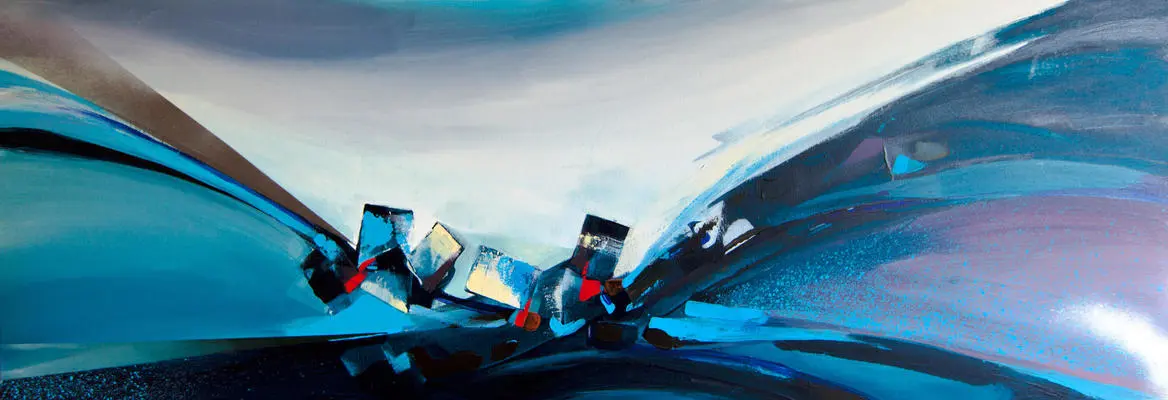




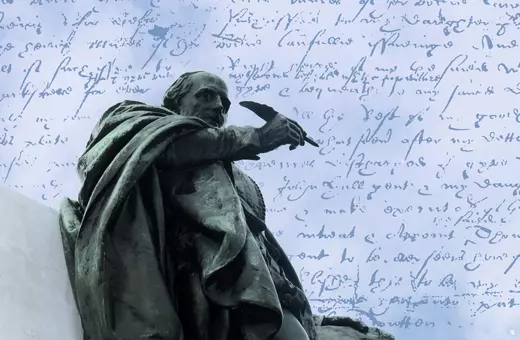


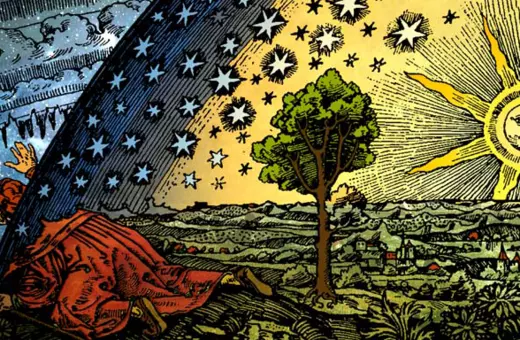
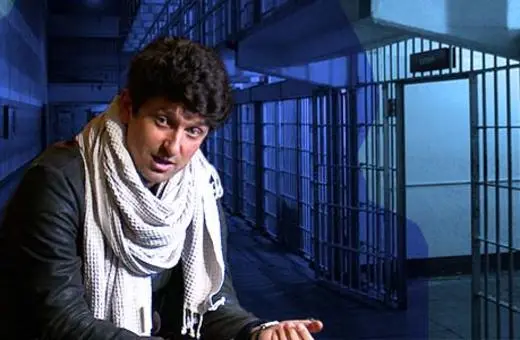
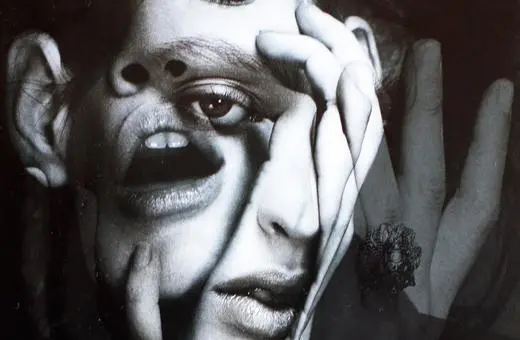



Join the conversation